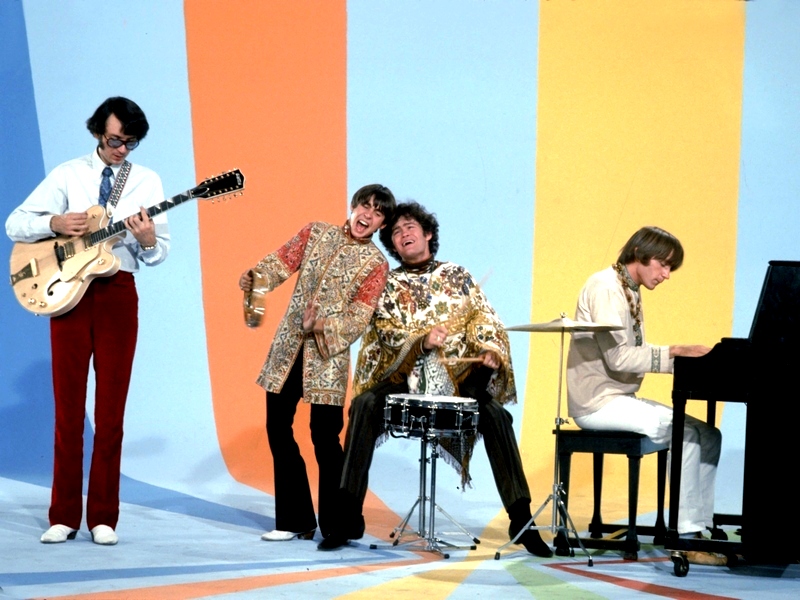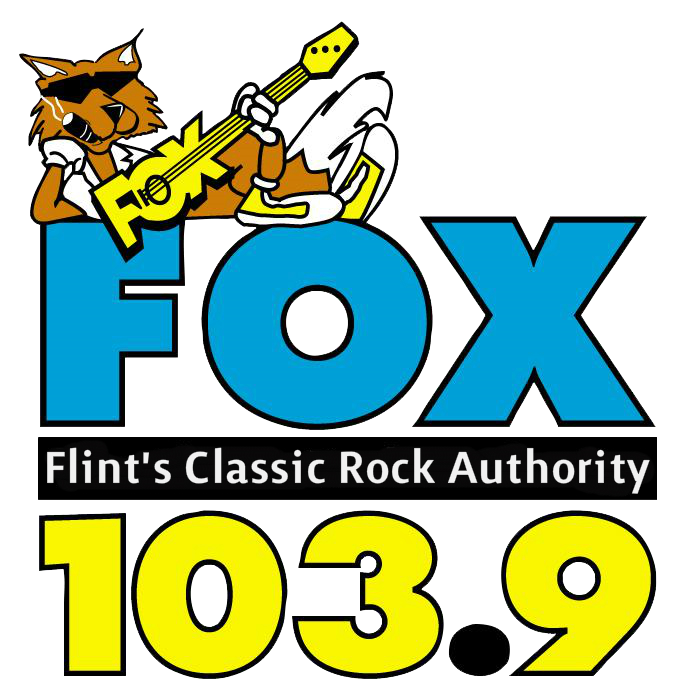
It was 56 years ago tonight (September 12th, 1966) that The Monkees premiered on NBC. The series featured relative unknowns Davy Jones, Micky Dolenz, Michael Nesmith, and Peter Tork as a struggling rock band, living together in a beach house, who each week would stumble from one comedic adventure to the next.
The show, which was inspired by the comic lampooning in the Beatles‘ second movie Help!, released the previous year, proved to be the ’60s answer to the Marx Brothers. The Monkees, who never met each other before being cast in the pilot, have been affectionately dubbed throughout the years as “The Pre-Fab Four.” Together, with their on screen chemistry along with the guidance of music impresario Don Kirshner, who supervised the music for the show and the group’s first two albums, the Monkees were a hit out of the box.
The Monkees ran for two seasons and won two Emmys in 1967 — Outstanding Comedy Series and Outstanding Directorial Achievement In Comedy. But it was the show’s music, much of it written by such top songwriters as Neil Diamond, and Gerry Goffin and Carole King, that made it a success. The Monkees scored six Top 10 hits during the show’s run, including the 1966 Number Ones “Last Train To Clarksville” and “I’m A Believer.”
Shortly before his death in 2012, Davy Jones shed light on the earliest Monkees recording sessions: “When we first went in there, we went in the studio to record songs for the TV show. Nobody mentioned records; we didn’t mention records. They were only demos that were recorded for the TV show to insert into the spots where we had something that related to the dialogue, the scene — the whole thing. I mean, I loved ‘Daydream Believer,’ and ‘I’m A Believer,’ and ‘Pleasant Valley Sunday,’ and ‘Last Train To Clarksville.’”
After the series ended, the “group,” which had won the right to choose its own material, released the 1968 cult classic film Head, which was co-written by Jack Nicholson. By 1970, with both Nesmith and Tork gone, Dolenz and Jones fulfilled their recording contract with the chart bomb Changes and called it a day.
Although Dolenz and Jones had done a 1976 tour of Japan with Monkees songwriters Tommy Boyce and Bobby Hart, it took MTV’s re-airing of the series during the summer of 1986 to spur the group — minus Nesmith — to reform. They have reunited several times over the past 20 years, most notably in 1996 when they released Justus, their first album as a foursome in 29 years.
Mike Nesmith passed away on December 10th, 2021 at 78 of heart-related issues. Peter Tork died on February 21st, 2019 at age 77 following a decade-long battle with adenoid cystic carcinoma — a rare cancer of the salivary glands, and Davy Jones — the youngest of the group — died suddenly on February 29th, 2012 of a heart attack at age 66.
In 2016, the Monkees scored their biggest hit in 48 years with their latest original album, Good Times! The set, produced by the late-Adam Schlesinger from Fountains Of Wayne, was the band’s highest charting album since 1968’s The Birds, The Bees, And The Monkees, hitting Number 14 on the Billboard 200 album chart, and debuting at Number Six on Billboard Top Albums chart.
Following Davy Jones’s death, Mike Nesmith joined Dolenz and Tork for three Monkees tours, before once again bowing out. In recent years, Dolenz and Nesmith — without Tork — launched the deep cut “The Monkees Present: “The Mike & Micky Show” tour, which was sidelined by Nesmith’s open heart surgery, and then again due to COVID-19. The Monkees – The Mike & Micky Show Live album debuted at Number 13 on the Billboard Top Albums chart.
Micky Dolenz told us that although the Monkees have taken a beating over the years for not playing on their earliest and biggest hits, the songs continue to entertain, regardless of who was playing on the actual sessions: “Y’know, the criticism that does exist, which of course it does, and I kind of take it a little bit with of a grain of salt. ‘Cause the bottom line is that you can judge quality by A), one of the things is longevity. To still have the show stand up, and to still have the songs stand up, and to still have the music and the performances stand up, it does say something to the body of work.”
Dolenz told us that he’s always considered his career from The Monkees‘ TV shows to their reunion tours as “musical theatre”: “If you understand the history of the Monkees, if you understand and appreciate how the original show was put together and everything, it’s not like a band having a reunion. It’s more like the revival of a Broadway musical, if you will. It’s like Yul Brynner doing The King And I again. That’s the way I’ve always looked at it, ’cause that’s the way The Monkees was originally produced and constructed. It was a television show first, about this imaginary rock n’ roll group — this fictitious group called ‘The Monkees.’”
Noted Beach Boys author, documentarian, and West Coast historian, Jon Stebbins says that the group’s music reached even loftier heights once they wrestled control away from Don Kirshner: “The stuff they did themselves is even a little bit better, in my opinion. It’s like they retained whatever the magic was of the first stuff of the Kirshner stuff, but they brought a little bit something else into it that made it even better.”
Davy Jones told us that despite all of his personal problems with Tork over the years, he couldn’t deny that above all else, he’s a great songwriter: “Peter Tork sang (and) wrote a couple of great songs. His having that song, ‘For Pete’s Sake’ as the (theme song at the) start of the second season — now unbeknownst to me, that’s why he owns a piece of a building in New York! As unpredictable and tiresome as he becomes — he still is a great songwriter.”
Jon Stebbins says that the Rock and Roll Hall of Fame has done a horrible disservice by refusing to acknowledge the Monkees for their groundbreaking and beloved ’60s work: “The Monkees should’ve gone in that next class after the Beach Boys and the Beatles. And when it got into ’66, ’67, they should’ve gone in right then. Because, yeah, they were here and gone really fast, but their impact was massive. Massive. I mean, they dominated the biggest year in rock n’ roll. They dominated it not because their stuff was, like, rammed down our throats and it left a bad taste; it’s like their stuff was rammed down our throats and it left an awesome taste (laughs) because it was so good!”
Recently released are all 58 episodes of The Monkees TV show on Blu-ray for the very first time. The 10-disc box set features all the shows painstakingly restored in high-definition from the original film negatives. Also included is the band’s infamous 1968 cult-classic feature film, Head — featuring many never-before-seen outtakes from the film, along with the group’s 1969 TV Special 33 1/3 Revolutions Per Monkee.
Bonus material includes commentaries from all four Monkees, original Kellogg’s Monkees commercials, and more. This fan-only edition includes exclusive packaging and a 7-inch 45 r.p.m. single featuring two previously unreleased TV mixes.


